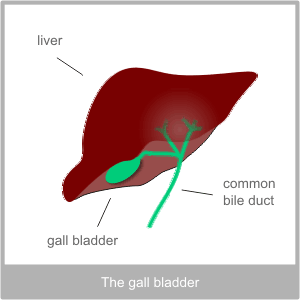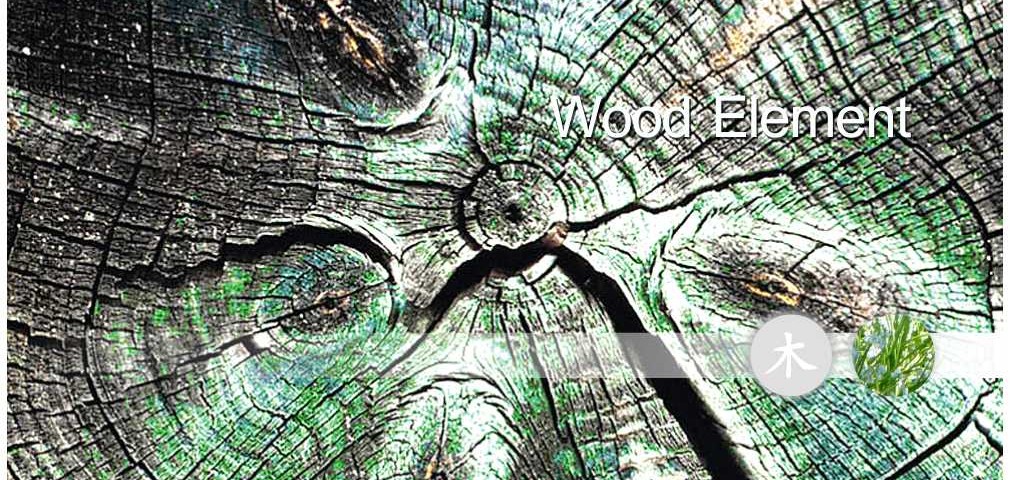The gall bladder is a hollow pear-shaped organ that is attached to the underside of the liver. The opening of the gall bladder leads into a tube that is known as the cystic duct. This duct intercepts the hepatic duct that carries bile from the liver to the duodenum.

What does the Gall bladder do?
The gall bladder collects and stores bile until it is needed. It also concentrates the bile by absorbing water. This makes the bile in the gall bladder 10 – 15 times more concentrated than the bile that comes from the liver. The gall bladder also secretes mucus into the bile.
The mere presence of fat and acid chyme in the duodenum can be enough to stimulate the gall bladder to contract and release its bile, but if the duodenum needs more bile at any other time, the gall bladder can be encouraged to contract by a hormone called cholecystokinin (CCK) which is secreted by the duodenum.
Bile is used during digestion to break down food, particularly fats.




